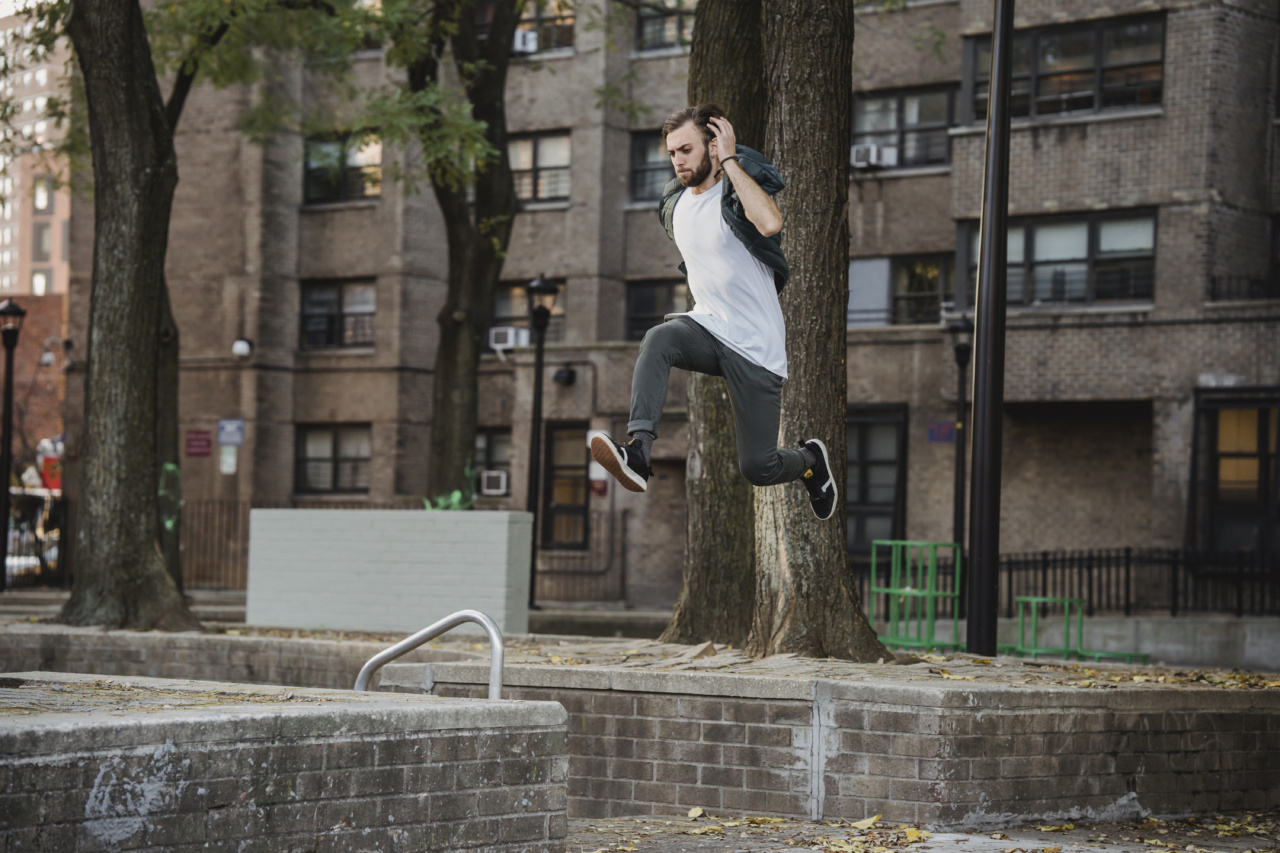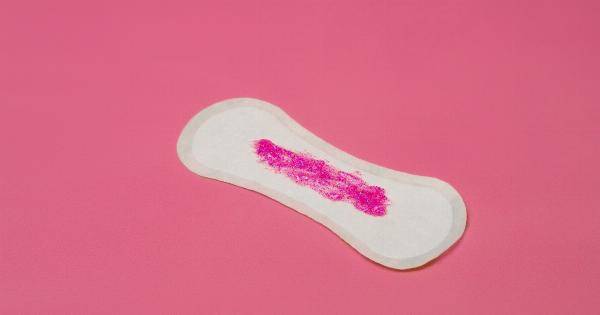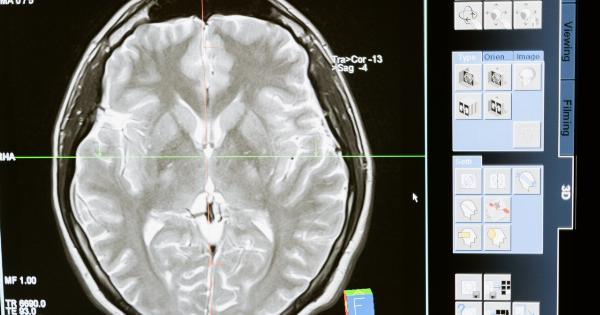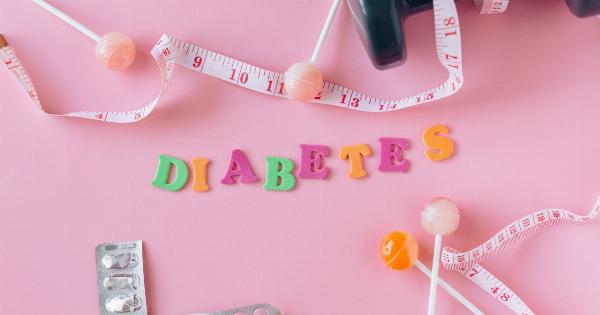High blood pressure, also known as hypertension, is a common health condition that affects millions of people worldwide.
It occurs when the force of blood against the walls of the arteries is consistently too high, putting strain on the cardiovascular system. Over time, this can lead to serious health complications such as heart disease, stroke, and kidney problems.
While medication and lifestyle changes are often recommended to manage high blood pressure, one powerful tool that shouldn’t be overlooked is daily physical activity.
Engaging in regular exercise and staying active throughout the day has been shown to have a significant impact on reducing blood pressure levels and improving overall cardiovascular health. Let’s explore how daily activity can play a crucial role in lowering high blood pressure.
How Does Physical Activity Lower Blood Pressure?
Regular exercise has several mechanisms through which it helps lower blood pressure:.
1. Strengthening the Heart
Engaging in aerobic activities like walking, jogging, cycling, or swimming on a regular basis strengthens the heart muscle. A stronger heart can pump blood more efficiently, which reduces pressure on the arteries and ultimately lowers blood pressure.
2. Reducing Arterial Stiffness
Physical activity helps to improve the flexibility and elasticity of the arteries. This, in turn, reduces arterial stiffness, making it easier for blood to flow through the vessels and decreasing the resistance against which the heart pumps.
As a result, blood pressure decreases.
3. Promoting Weight Loss
Maintaining a healthy weight is crucial for managing high blood pressure. Regular physical activity helps burn calories and maintain a healthy body weight, reducing the strain on the cardiovascular system and lowering blood pressure.
Even small reductions in weight can have a significant impact on blood pressure levels.
4. Decreasing Stress
Chronic stress can contribute to high blood pressure. Physical activity helps to reduce stress hormones like cortisol and release feel-good endorphins in the body.
Regular exercise acts as a natural stress reliever, promoting relaxation and a sense of well-being, which can have a positive impact on blood pressure.
5. Improving Sleep Quality
A good night’s sleep is essential for maintaining overall health, including blood pressure control. Regular physical activity has been shown to improve sleep quality, allowing the body to recover and rejuvenate.
By promoting better sleep, exercise indirectly helps in lowering blood pressure.
How Much Physical Activity is Needed?
The American Heart Association recommends at least 150 minutes of moderate-intensity aerobic exercise or 75 minutes of vigorous-intensity exercise per week to maintain cardiovascular health and lower blood pressure.
This can be spread out over several days, making it achievable for most individuals.
It’s important to choose activities that you enjoy and can stick to in the long term. This could include brisk walking, swimming, dancing, cycling, or any other activity that gets your heart rate up and causes you to break a sweat.
Additional Ways to Incorporate Daily Activity
Incorporating physical activity into your daily routine extends beyond scheduled exercise sessions. Making small lifestyle changes can also have a significant impact on lowering blood pressure:.
1. Take Frequent Walk Breaks
If you have a sedentary job, make an effort to get up and move around for a few minutes every hour. Take a quick walk to the restroom, refill your water bottle, or simply stretch your legs.
These short bursts of activity can add up and help maintain healthy blood pressure levels.
2. Use the Stairs
Avoid elevators and escalators whenever possible. Opt for the stairs instead, as stair climbing is an excellent cardiovascular workout. It engages multiple muscle groups and gets your heart pumping, thus aiding in blood pressure control.
3. Engage in Active Hobbies
Find hobbies that require physical movement, such as gardening, dancing, or playing a sport. Engaging in activities that you enjoy not only helps in reducing blood pressure but also makes exercise more enjoyable and sustainable in the long run.
4. Walk or Bike to Work
If feasible, consider walking or biking to work instead of driving or taking public transportation. This not only helps you incorporate physical activity into your day but also reduces pollution and contributes to a healthier environment.
5. Make Family Time Active
Instead of spending leisure time sitting in front of screens, plan outdoor activities with your family and loved ones. Go for hikes, bike rides, or play games like soccer or basketball together.
These activities promote bonding while keeping everyone physically active.
The Importance of Consistency
Consistency is key when it comes to reaping the benefits of daily physical activity for lowering high blood pressure.
While occasional exercise is beneficial, it’s the cumulative effect of regular activity that produces significant and sustained reductions in blood pressure.
Therefore, aim to make physical activity a non-negotiable part of your daily routine. Set realistic goals, track your progress, and find support from friends or family members to stay motivated.
Remember, even small steps can lead to big improvements in your blood pressure and overall health.
Consult Your Healthcare Provider
Before starting any new exercise program, especially if you have pre-existing health conditions or are taking medication, it’s essential to consult with your healthcare provider.
They can provide personalized advice and guidance based on your individual needs and circumstances.
Conclusion
The power of daily activity for lowering high blood pressure cannot be underestimated.
Regular physical activity strengthens the heart, reduces arterial stiffness, promotes weight loss, decreases stress, and improves sleep quality – all of which contribute to improved blood pressure. By incorporating exercise into your daily routine and making small lifestyle changes, you can take control of your blood pressure and promote overall cardiovascular health.































